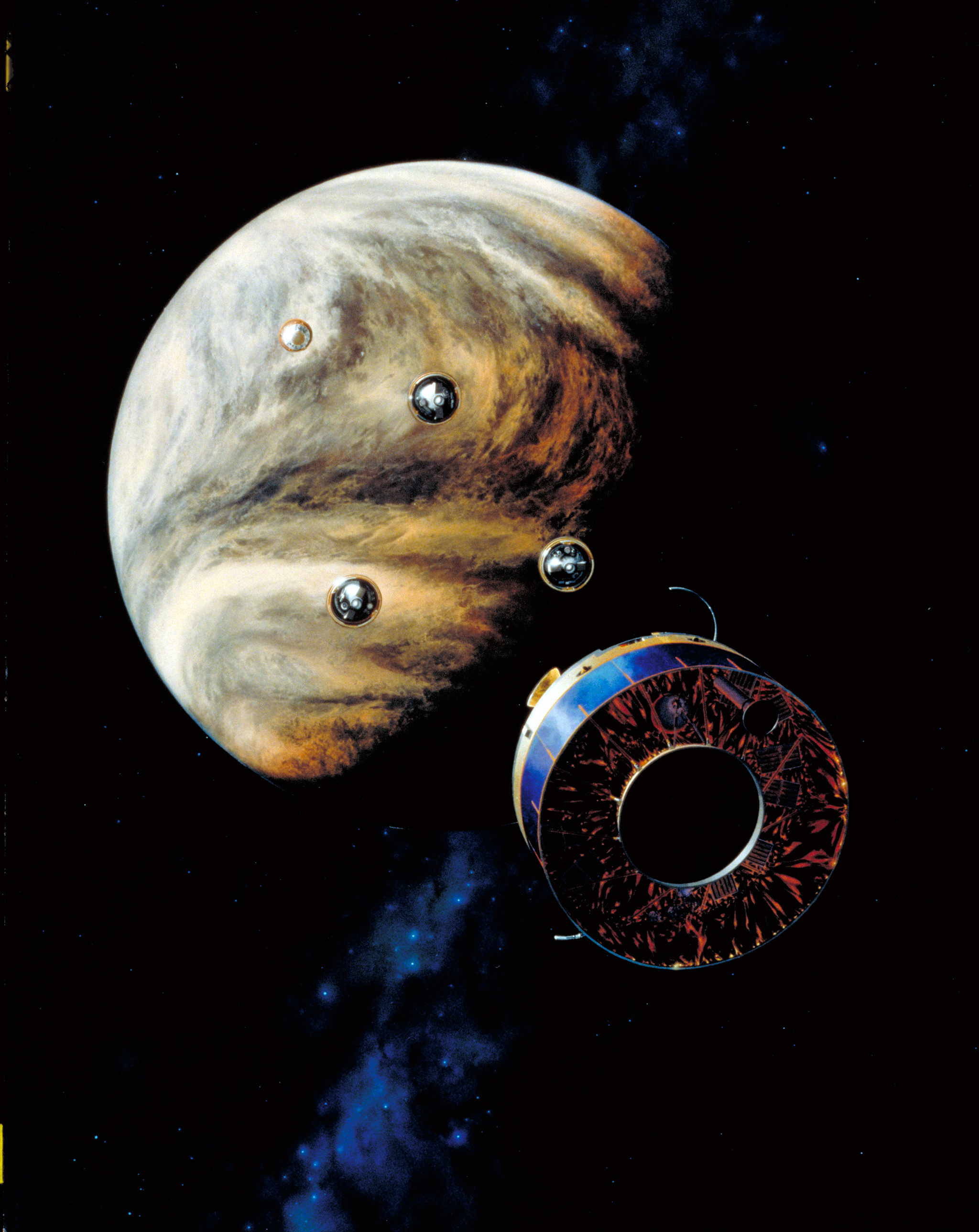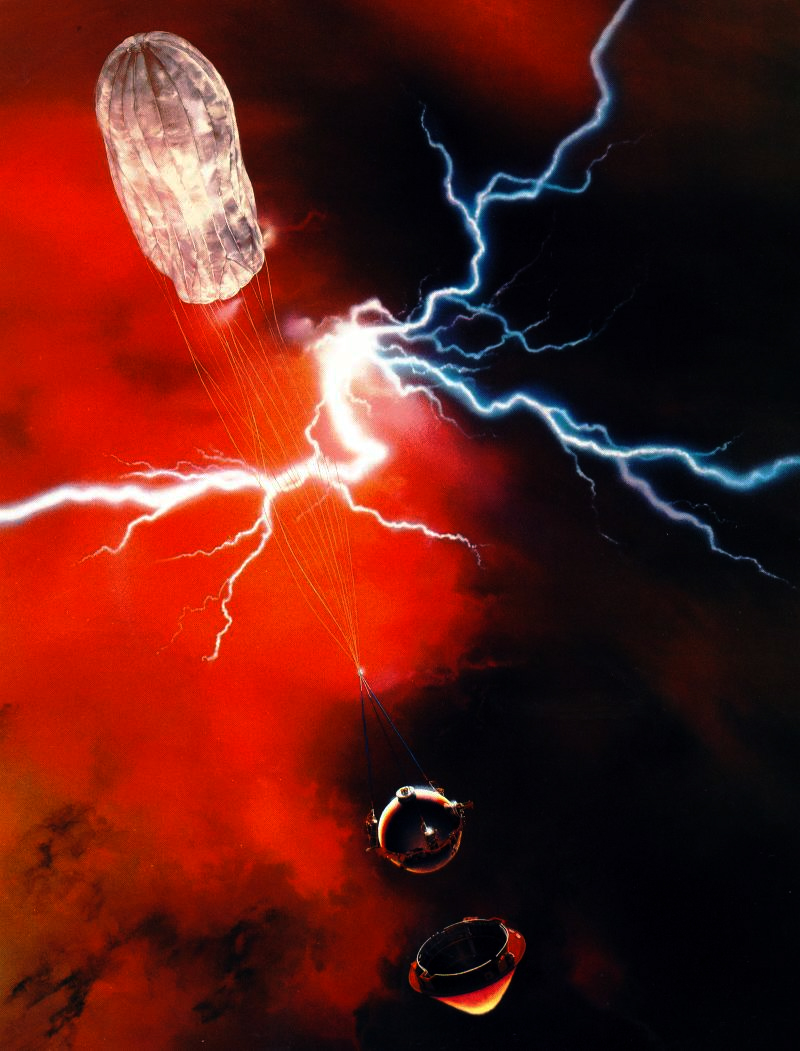Did NASA detect a hint of life on Venus in 1978 and not realize it?
What if scientists had started hunting for life on Venus in 1978?

If life does exist on Venus, NASA may have first detected it back in 1978. But the finding went unnoticed for 42 years.
Life on Venus is still a long shot. But there's reason to take the idea seriously. On Sept. 14, a team of scientists made a bombshell announcement in the journal Nature Astronomy: Using telescopes, they'd detected phosphine, a toxic gas long proposed as a possible sign of alien microbial life, in the upper part of the planet's thick atmosphere. The detection was a landmark in the long hunt for life elsewhere in the solar system, which has mostly focused attention on Mars and a few moons orbiting Jupiter and Saturn. Meanwhile, Venus, hot and poisonous, was long considered too inhospitable for anything to survive. But now, digging through archival NASA data, Rakesh Mogul, a biochemist at Cal Poly Pomona in California, and colleagues have found a hint of phosphine picked up by Pioneer 13 — a probe that reached Venus in December 1978.
"When the [Nature Astronomy paper] came out, I immediately thought of the legacy mass spectra," Mogul told Live Science.
Related: 6 reasons astrobiologists are holding out hope for life on Mars
Mogul and his coauthors were broadly familiar with the data from the missions, he said. "So, for us, it was a natural next step to give the data another look. As such, after consulting with my co-authors, we identified the original scientific articles, and promptly started looking for phosphorous compounds."
The discovery, published to the arXiv database Sept. 22 and not yet peer reviewed, doesn't tell researchers much beyond what was reported in Nature Astronomy — though it does make the presence of phosphine (made up of a phosphorus atom and three hydrogens) even more certain, they said. The 1978 data comes from the Large Probe Neutral Mass Spectrometer (LNMS), one of several instruments that descended into Venus' atmosphere as part of the Pioneer 13 mission.

Pioneer 13 dropped a large probe (the LNMS) into Venus' clouds; suspended from a parachute, the probe collected data and beamed it back to Earth as it plummeted toward its robotic death. (Three smaller probes also dropped from Pioneer 13 without parachutes.) The LNMS sampled the atmosphere and ran those samples through mass spectrometry, a standard lab technique used to identify unknown chemicals. When scientists first described the LNMS results in the 1970s, they didn't discuss phosphorus-based compounds like phosphine, focusing instead on other chemicals.
Get the world’s most fascinating discoveries delivered straight to your inbox.
When Mogul's team reexamined the LNMS data from Venus' lower and middle clouds (a potential habitable zone on the planet), they found signals that look a great deal like phosphine, the researchers wrote. The scientists also found definitive evidence for atoms of phosphorus in the atmosphere, which likely came from a heavier gas such as phosphine.
LNMS wasn't built to hunt phosphine-like compounds, and would have had a hard time distinguishing the gas from other molecules that have similar masses. But Pioneer 13's sample did have evidence of some molecule present in the gas that had the same mass as phosphine — in amounts that match the levels described in the Nature Astronomy paper.
"I believe that evidence for [trace chemicals that could be signatures of life] in the legacy data were sort of discounted because it was thought that they could not exist in the atmosphere," Mogul said. "I think many people are now revisiting the notion of Venus as a fully oxidizing environment." (A "fully oxidizing environment" wouldn't include phosphine or most other chemicals seen as signs of life.)
Mogul and his colleagues also found hints of other chemicals that shouldn't arise naturally in Venus' clouds — substances like chlorine, oxygen and hydrogen peroxide.
"We believe this to be an indication of chemistries not yet discovered," they wrote, "and/or chemistries potentially favorable for life."
What's needed, they wrote, is further, sustained exploration of Venus.
"We need a more sustained approach for exploration like that of Mars," Mogul said.
NASA and the European, Indian and Russian space agencies have plans for Venus probes that might be helpful, he said.
"However, when considering the past, current, and future habitability of Venus, we would need longer-term chemical and geology studies to understand the sources of any potential chemical [anomalies] in the clouds," he said. "This could be from orbital probes, balloon-suspended probes in the clouds, and/or heat-stable lander probes."
The phrase "heat-stable" is important, given the planet's habit of killing any robot that lands on its sizzling hot surface.
Originally published on Live Science.



